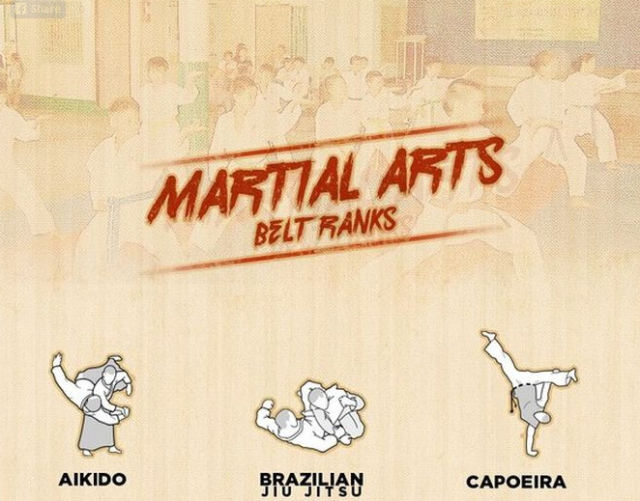Standard Martial Arts Vs. Modern Battle Sports: Comprehending The Trick Distinctions
Standard Martial Arts Vs. Modern Battle Sports: Comprehending The Trick Distinctions
Blog Article
https://martial-arts-good-for-kid87658.blogrenanda.com/41446536/the-role-of-taekwondo-in-health-and-fitness-and-weight-loss By-McGinnis Haagensen
When you think about martial arts, do you lean much more towards the standard techniques or the modern-day combat sports? Each course supplies one-of-a-kind advantages and experiences, formed by their ideologies and training techniques. Conventional martial arts highlight individual growth and technique, while modern-day battle sports concentrate on competition and performance. Comprehending these differences can assist you in picking the right technique for your trip. Yet just how do these distinctions manifest in training and philosophy?
The Approach and History Behind Conventional Martial arts
While many people associate martial arts with physical battle, the approach and background behind traditional martial arts run much deeper. You'll discover that these disciplines stress personal development, self-control, and regard.
Stemming from ancient practices, conventional martial arts were often established for Self-Defense and spiritual advancement. They symbolize concepts such as equilibrium, harmony, and self-control, assisting experts past mere fighting skills.
As you educate, you'll not only learn strategies but likewise get insights into the society and worths that shaped these arts. The rituals and traditions, typically passed down through generations, cultivate a sense of area and belonging.
The Competitive Nature of Modern Combat Sports
Modern fight sporting activities have changed the landscape of martial arts right into a highly affordable arena, where professional athletes take on in an examination of skill, approach, and endurance.
You'll notice that competitions are frequently arranged with stringent policies and regulations, ensuring fair play and security. These occasions attract large target markets, sustaining the exhilaration and intensity of competitions.
Professional athletes train rigorously, not just for physical expertise yet also for mental toughness, recognizing that every detail counts in the ring. The adrenaline thrill throughout competitions is palpable, as fighters press their limitations to assert triumph.
Followers appreciate the athleticism and artistry entailed, making contemporary combat sporting activities a thrilling spectacle that continues to develop and astound lovers all over the world.
Training Methods and Methods: A Relative Evaluation
The affordable atmosphere of modern combat sporting activities needs innovative training techniques that vary substantially from conventional martial arts.
In modern-day training, you'll concentrate on details techniques, sparring, and conditioning, usually using drills that mimic real battle situations. You'll see an emphasis on quantifiable efficiency and frequent competitors to examine your skills.
In contrast, standard martial arts prioritize forms, katas, and thoughtful trainings, often stressing discipline and respect over competition.
https://www.cbsnews.com/detroit/news/michigan-martial-arts-scene-growing-drawing-talent-worldwide/ is generally less intense and might involve recurring method instead of real-time sparring.
While both techniques develop skill and fitness, modern-day battle sports provide an extra dynamic and versatile training atmosphere, preparing you for prompt obstacles in the ring or cage.
Choose the course that lines up with your goals and passions.
Verdict
In picking between conventional martial arts and contemporary battle sports, it really comes down to what you value a lot of. If you're looking for individual growth, technique, and a sense of area, traditional arts may be your ideal fit. But if you flourish on competition and real-time obstacles, modern-day fight sports could be the means to go. Eventually, both paths supply distinct benefits, so it's everything about aligning your training with your personal objectives and interests.
